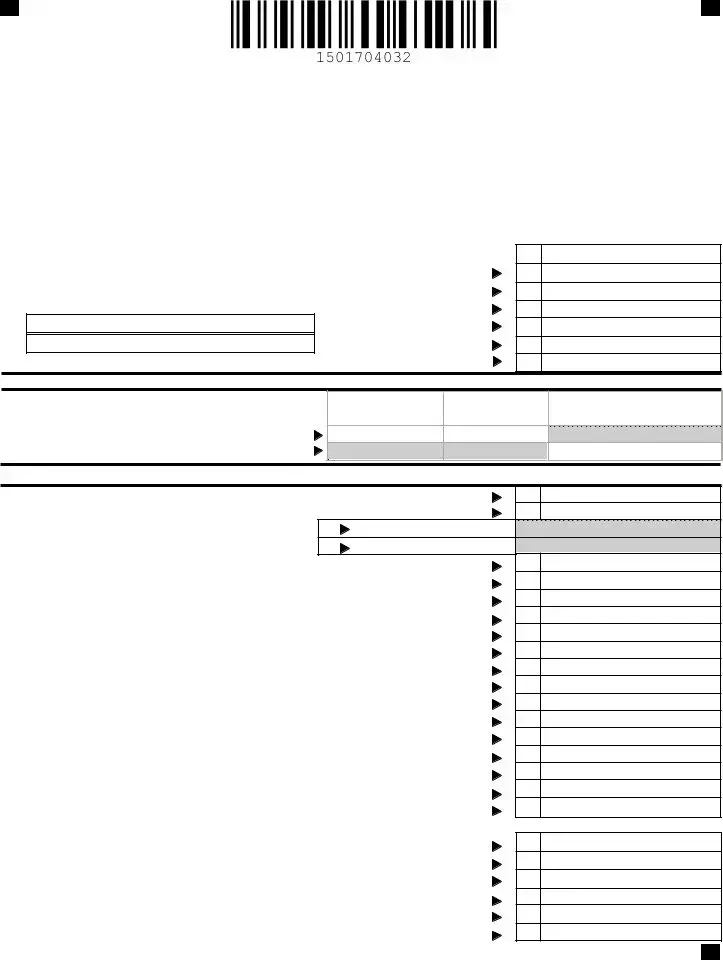The Georgia 700 form, also referred to as the Partnership Tax Return, serves a pivotal role in the tax reporting and accounting processes for partnerships operating within the state of Georgia. As of its revision in October 2014, this form encompasses a range of vital information that partnerships must provide to comply with state tax obligations. Initially, it distinguishes between original, amended, and final returns, guiding entities through various stages of their lifecycle. Key elements include identifying partnership details such as federal employer identification numbers, Georgia Withholding Tax Numbers, and sales tax registration numbers, which collectively facilitate tax administration and compliance. Moreover, it prompts reporting on the nature of the business through NAICS codes, business commencement dates, and accounting basis, ensuring a comprehensive understanding of the entity’s operational scope. The form also delves into the financial intricacies of partnerships by calculating Georgia net income, necessitating detailed schedules of total income, apportionments, and allocations specific to Georgia. Importantly, it serves as a conduit for claiming various Georgia tax credits, underscoring the state’s incentives for business activities within its jurisdiction. Additionally, schedules included within the form address alterations to federal taxable income, emphasizing the state-specific tax adjustments required for an accurate tax liability assessment. With its declaration section mandating verification under penalties of perjury, the Georgia 700 form underscores the seriousness of truthful and complete tax reporting. Through its comprehensive design, the form facilitates not only the fulfillment of tax obligations but also the strategic planning opportunities available to partnerships operating in Georgia.



